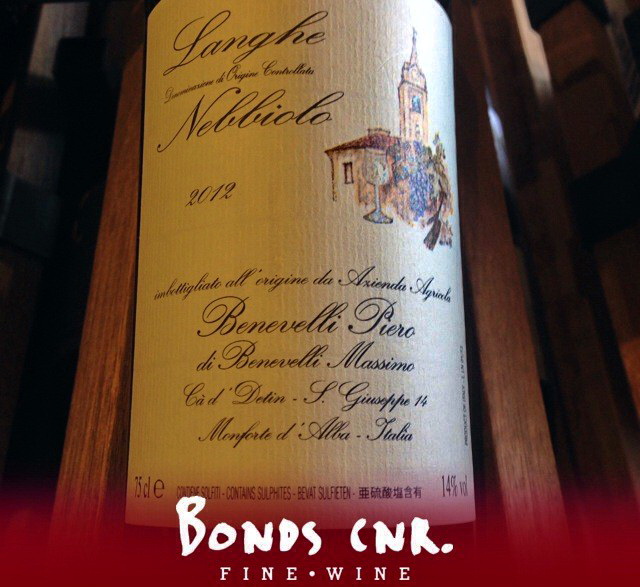That’s the heading of a post Huon Hooke has written, partly as a follow-up to his piece in the SMH on Sommeliers trying to outdo each other with ever more obscure wines. Huon says ‘it seems as though retailers and restaurants inhabit two separate worlds. The problem for the drinker is that when you discover a wine you like in a restaurant, and later try to buy a bottle from the retail trade, you can find it impossible.’
 Huon quotes one sommelier who told him that ‘retail was poison to any wine,’ and that many sommeliers would not consider stocking wines that were also sold through regular retail outlets. Huon says he received emails from readers who ‘felt ripped off in restaurants where they bought an obscure, often imported, wine only to later find out the wine’s retail price was a fraction of the restaurant’s price.’ More here.
Huon quotes one sommelier who told him that ‘retail was poison to any wine,’ and that many sommeliers would not consider stocking wines that were also sold through regular retail outlets. Huon says he received emails from readers who ‘felt ripped off in restaurants where they bought an obscure, often imported, wine only to later find out the wine’s retail price was a fraction of the restaurant’s price.’ More here.
There’s nowhere to hide
I had a similar experience when I approached several fine wine distributors for samples. One was frank enough to tell me that most of their sales went into restaurants, and therefore it wasn’t in his interest to have his customers find out that they could buy the wines he sold them from a retailer at the same price point or lower.
I saw some distributors’ price lists, and half the wines on them I could buy for the same price or lower at retail. Therein lies the problem: In this online world, there’s nowhere to hide so distributors supply restaurants with wines that you won’t see at Dan Murphy’s. It’s the same survival strategy our remaining independent wine merchants use: they don’t sell the wines you see at Dan Murphy’s either.
The Parallel Universe
Some merchants make a virtue out of that with signs that promise to match any price at Dan M’s. When you point out that they don’t sell the same wines, big grins come over their faces. It follows that their wines will be more obscure. It also follows that their wines will be more interesting, since they have to find their gems in different fields. Just walk into Annandale Cellars in Sydney or Prince wine store in Melbourne or East End Cellars in Adelaide and you’ll see what we mean.
There’s no formal distribution system in the wine business in Australia. Anyone can sell to anyone and does. There’s also a surplus of wine, and great deals are on offer every day. Somehow, distributors have to survive in an environment where we can buy wines cheaper at retail than they can buy them wholesale. That’s why there’s a disconnect.
Huon uses the Wynns Black label Cabernet as an example, a wine with an RRP of $45. He says you can buy it for $30, we know we can buy it for $25. Huon says a high-end restaurant would probably charge about $90 for it (double the RRP), and that would look like a rip-off. That’s why distributors don’t list Wynns wines, and Sommeliers won’t touch them.
Kim
